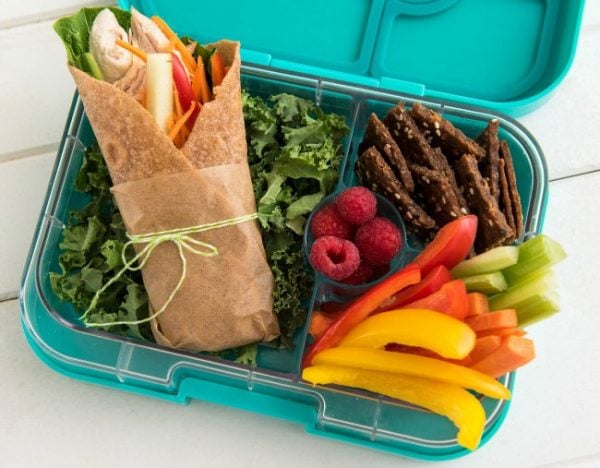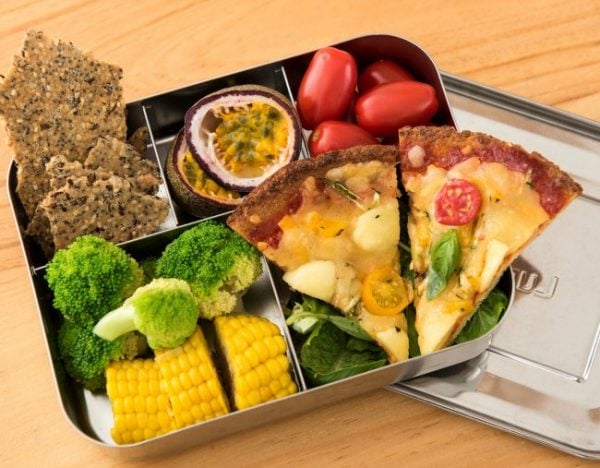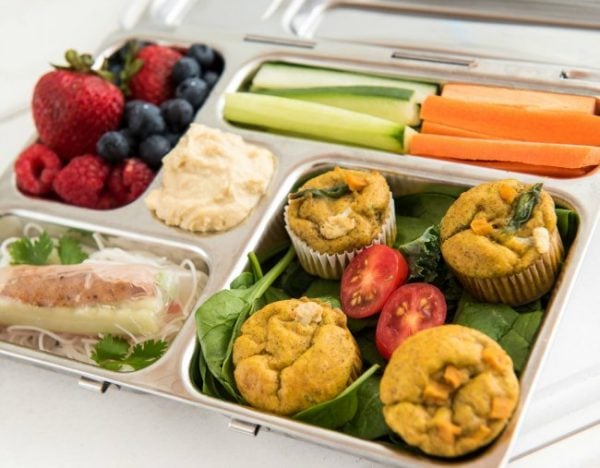As busy families are aware – putting together the daily school lunch box is an ongoing challenge. Not only in terms of trying to make it as healthy, varied and interesting as possible – but also keeping it tasty enough that it comes home empty.
Given the specific daily nutritional requirements of school aged children, it’s really important that the content of their lunch boxes meets their daily needs and provides them with the necessary energy to sustain them throughout the day.
This means that the school lunch box should be looked at as more than something to simply fill little tummies – rather it’s an opportunity to support their healthy growth and development, improve their ability to concentrate and boost energy levels for physical activities.
Ideally, our kids’ daily lunch box should contain a serve of quality protein, one to two serves of a slow-release carbohydrate, two to three vegetables, a single serve of a healthy fat and a calcium-rich food. Aim for variety and colour, include your kids in menu planning and involve them in the shopping and preparation – these are great ways to encourage and create enthusiasm. I generally recommend that fruit also be included as a morning or afternoon snack, to keep blood sugar levels in check.
Using a well-designed lunch box that’s easy to open and contains a variety of compartments is very helpful. I’m a big fan of bento style lunch boxes, as they promote variety, and children love choosing what they’d like to eat first. A smaller range of different options is less intimidating for kids, and enables parents to offer new foods along with firm favourites – a strategy I recommend for fussy eaters.



